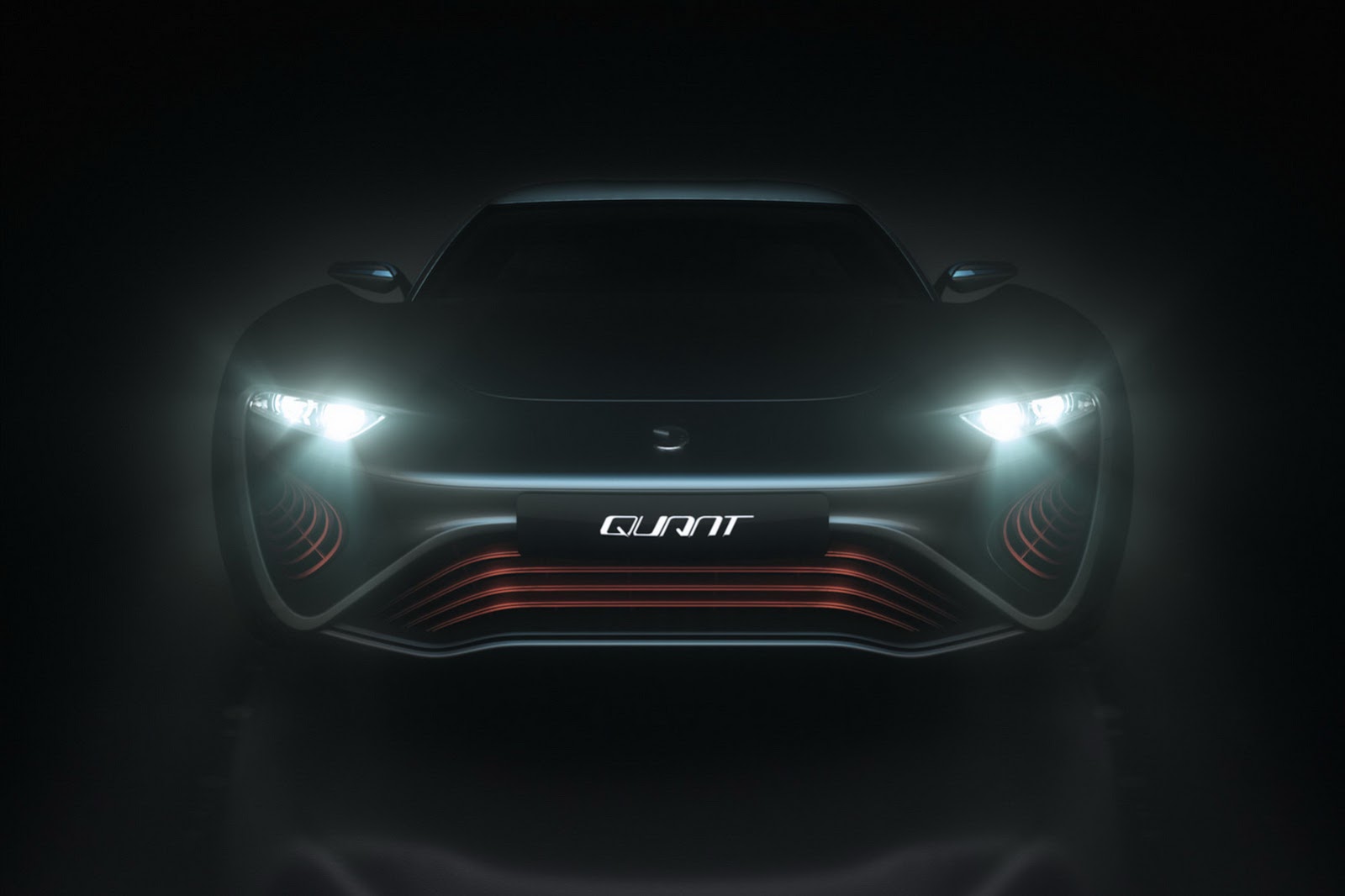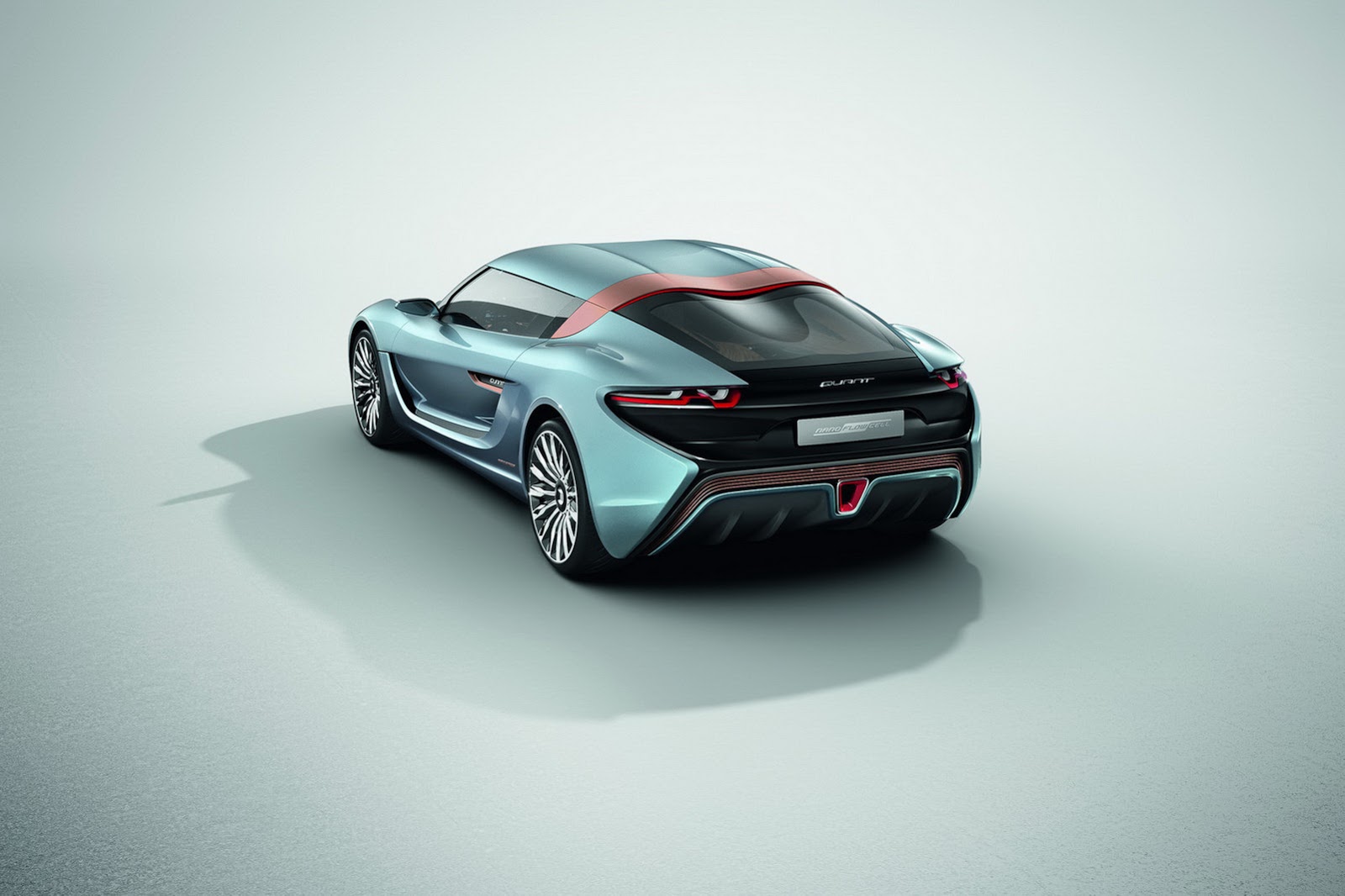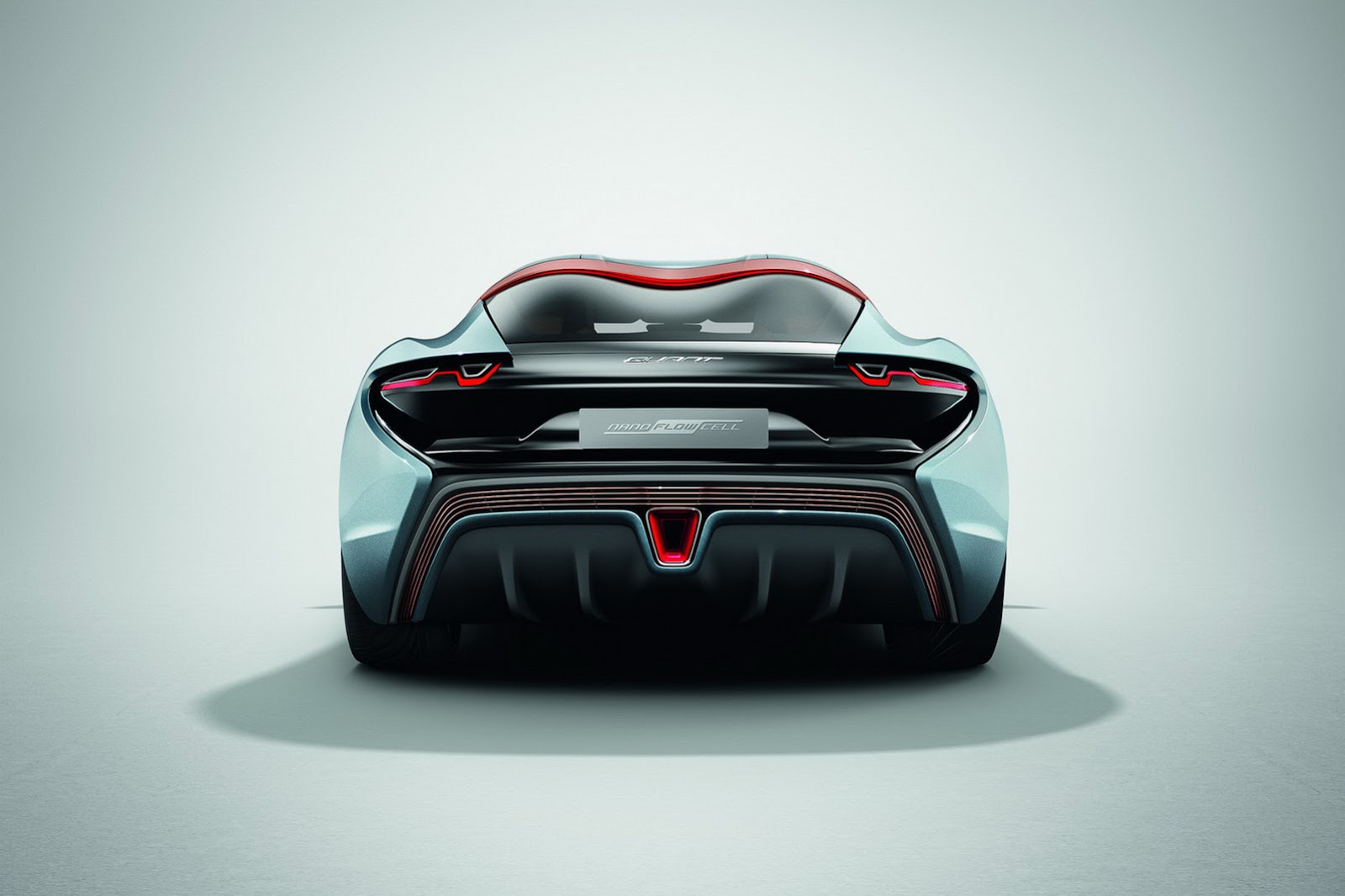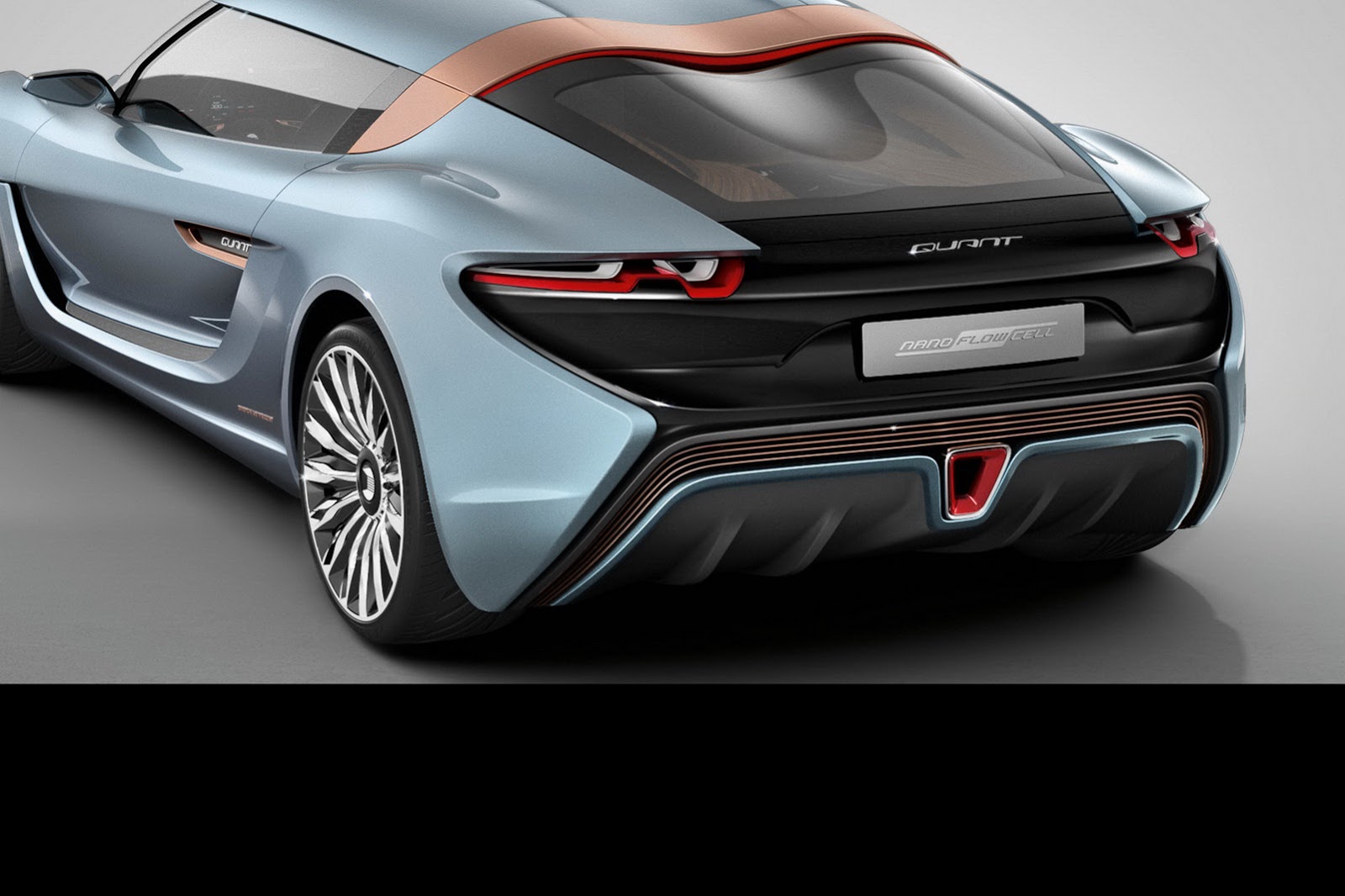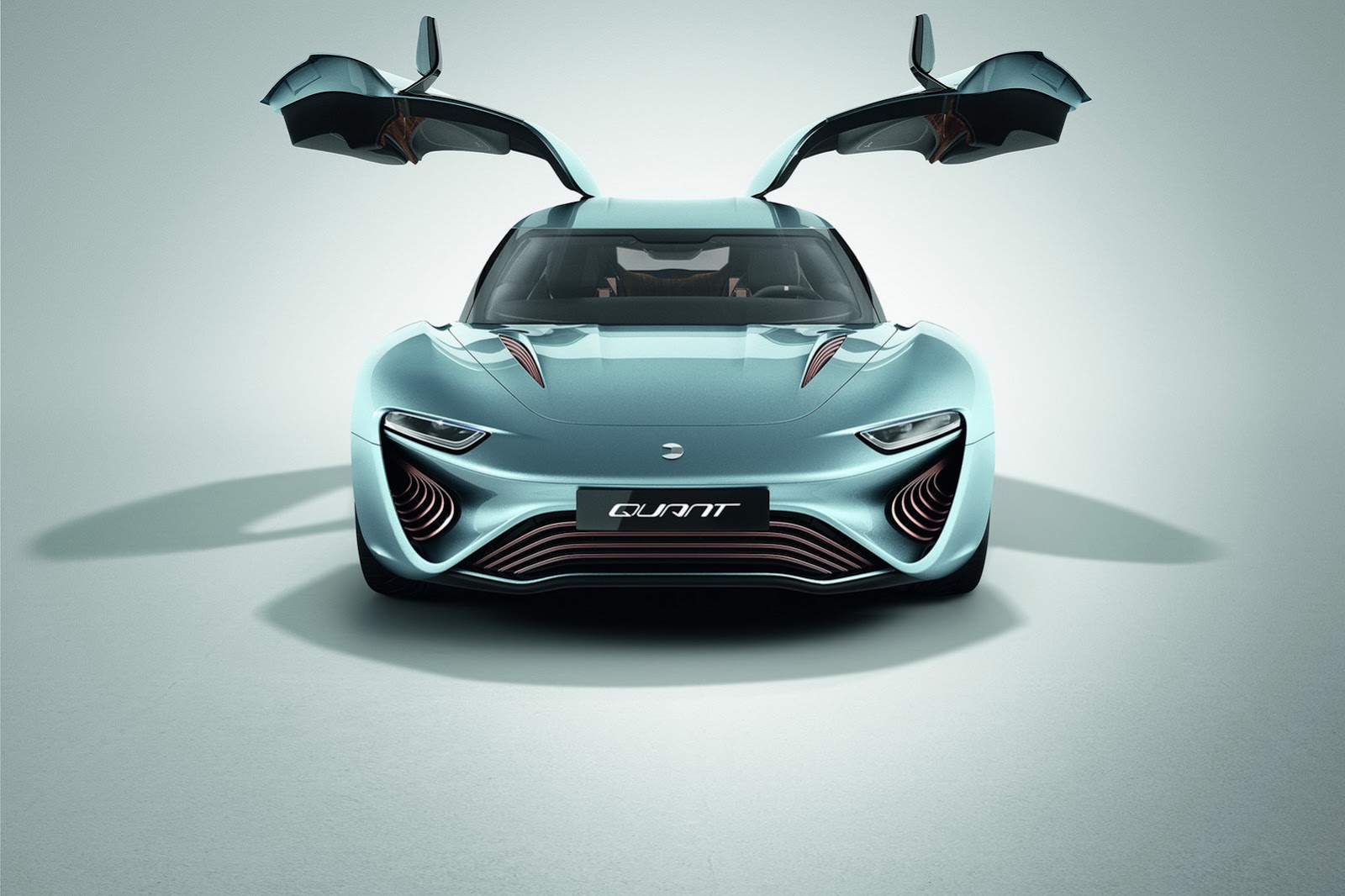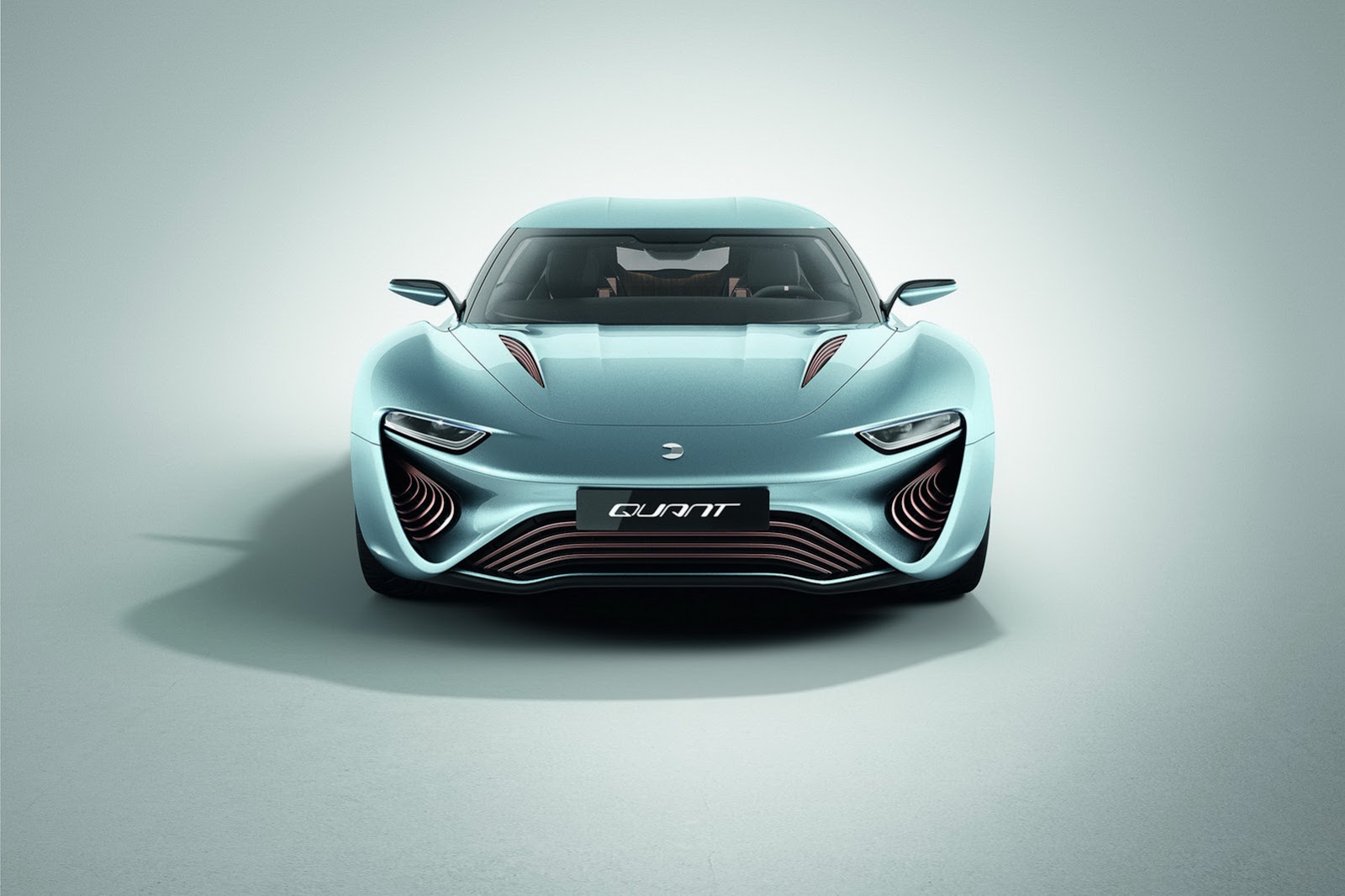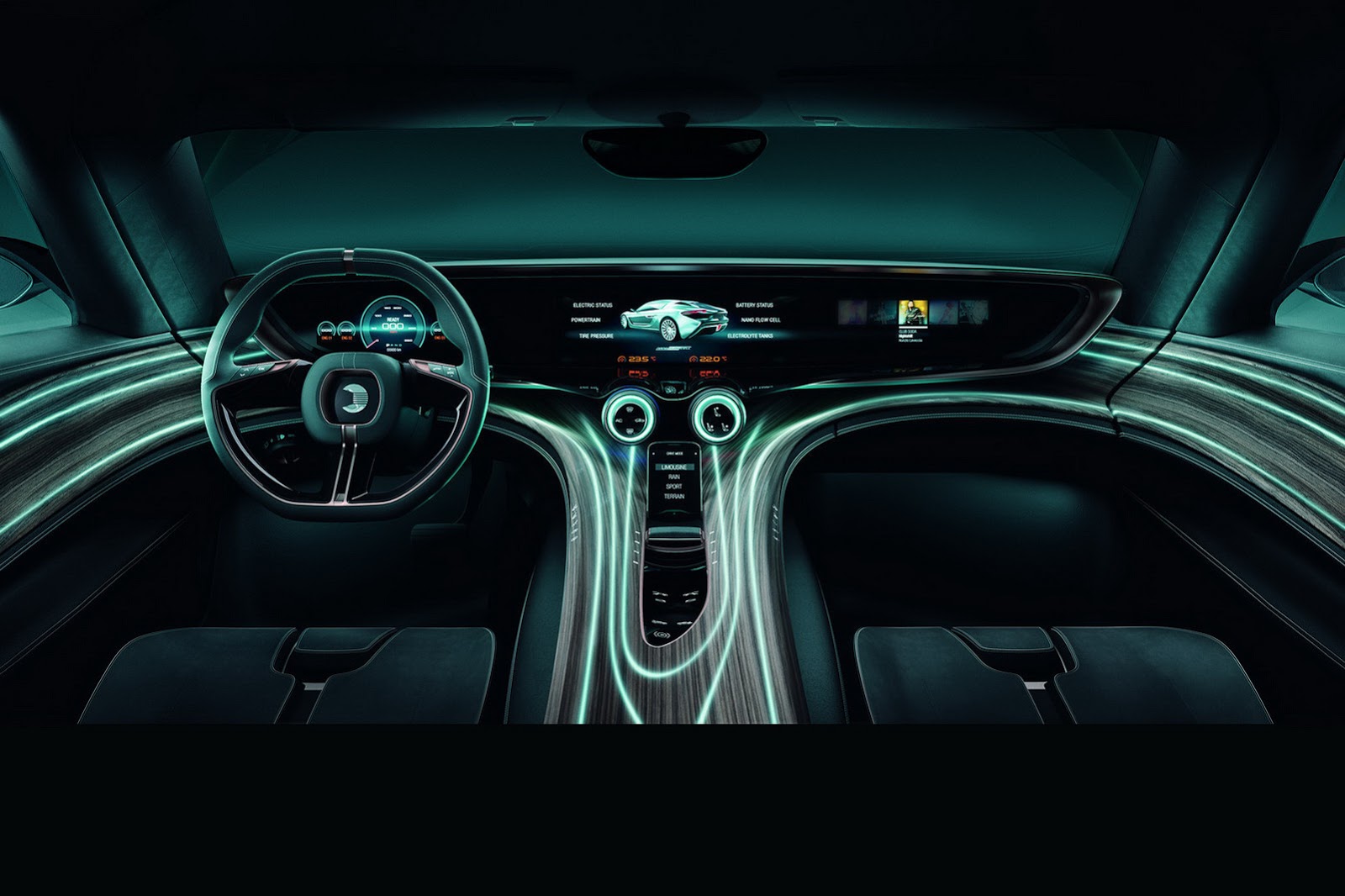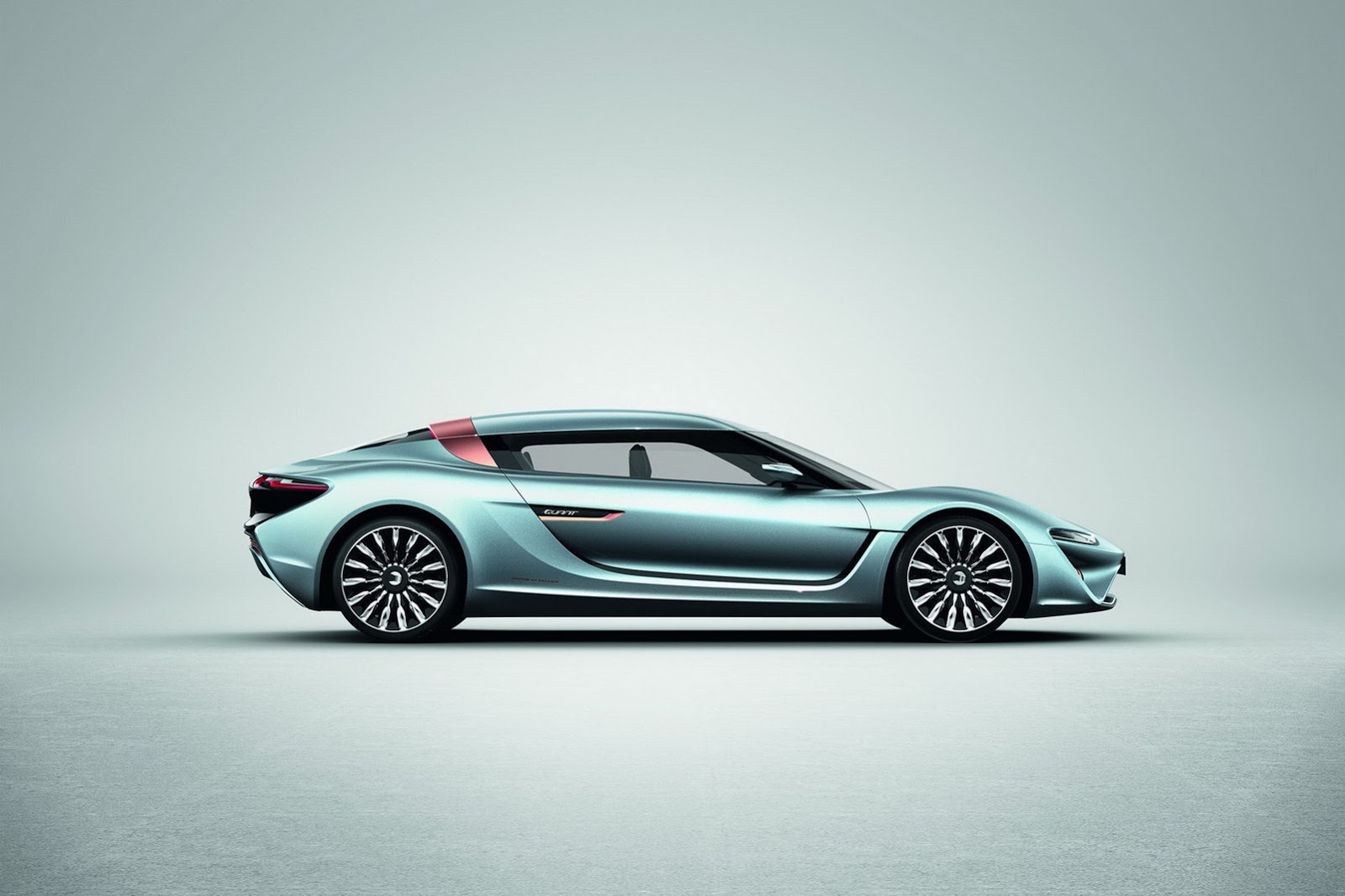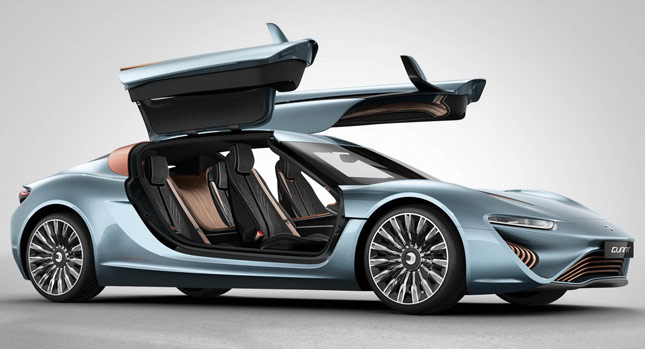NanoFlowcell QUANT e-Sportlimousine
Mar 04, 2014 23:06

The NanoFlowcell QUANT e-Sportlimousine is one of the most oddly named concepts being showcased at the Geneva motor show. But the study, is big. It has gull wing doors measuring an impressive two meters in length.
The car itself is at 5,257mm (207 inches) long, surpasses the long-wheelbase version of the latest Mercedes-Benz S-Class (5.24m or 206.5 inches).
It rides on a 3,198mm wheelbase and is 2,109mm wide and 1,357mm tall, while tipping the proverbial scales at 2,300kg (5.071 pounds) with its flow-cell fuel tanks filled up.
The concept utilizes four electric motors, one for each wheel which gives it a combined maximum output of 680kW or 912hp. It has a mind blowing peak torque of 2,900Nm x 4 or a total of 11,600Nm.
The two-door model can allegedly go up to 100km/h (62mph) in just 2.8 seconds, and reach a top speed in excess of 380km/h (236+mph).
"[It] works like a combination of a battery and a fuel cell using liquid electrolyte, which is kept in two tanks and pumped through the cell. At the heart of the system is a membrane that separates two differing chemistries. A controlled exchange of charges releases energy for the electric powertrain."
"Until now, flow cells based on redox principles have been too heavy and their energy conversion rates too sluggish for use in mobile applications," says the company.
"This is where the nanoFLOWCELL technology opens the door to a broad palette of new technical opportunities. The improvements that have given the system such a major performance boost are the result of research into the quantum chemistry of electrolytic fluids. The most important innovation of the nanoFLOWCELL is in its significantly higher charge- and power-density thanks to an extremely high concentration of ionic charge carriers in the cell system's electrolyte," NanoFlowcell added.
The Lichtenstein company has plans to developed road-going prototypes of the concept before the end of the year, and homologate the car in 2015.
